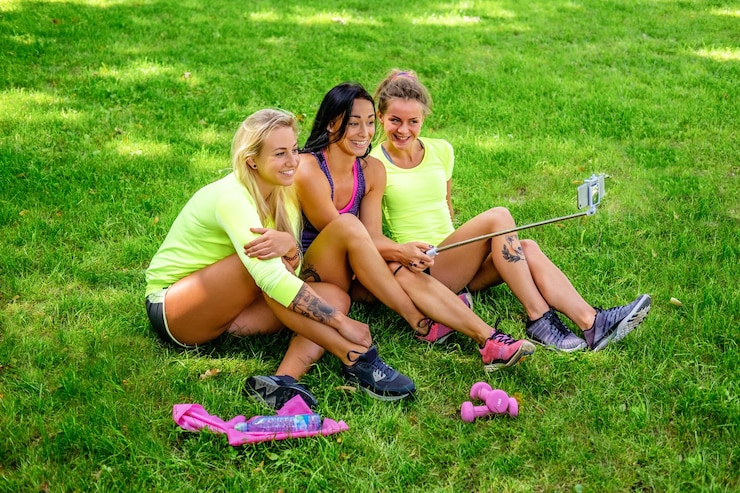
Camping offers a refreshing escape from the daily grind, inviting you to embrace a simpler, more peaceful lifestyle. With a rich history spanning centuries, camping has evolved into various forms to suit different preferences and skill levels. Here, we explore ten popular camping styles that every outdoor lover should know.
Tent camping remains the most common and accessible form. It involves driving to a campsite, pitching a tent, and spending a few nights immersed in nature. While the tent is mainly for sleeping and storing gear, the days are typically spent hiking and exploring. Some seasoned campers prefer remote wilderness spots over designated campgrounds. Tent camping is ideal for beginners, budget-conscious travelers, couples, and families. Choosing the right tent depends on your group size and expected weather. For summer trips, tents with screen rooms are great for letting in sunlight while keeping bugs out.
Backpacking differs from tent camping in that you carry all your gear as you hike. You set up camp wherever you find a suitable spot, often using a hammock or tent. This style suits adventurous, self-reliant individuals in good physical condition, as it involves long hours of trekking with a heavy pack.
RV camping offers a more comfortable alternative, especially for those who prefer not to sleep outdoors. RVs provide protection from the elements and often include amenities like stoves, fridges, and private bathrooms. However, RVs are limited in where they can go, so exploring off-road areas requires parking and continuing on foot or bike.
Glamping, or glamorous camping, combines the luxury of a hotel with the beauty of the outdoors. Options range from forest treehouses to lakeside eco-lodges and mountaintop teepees, offering a unique and comfortable nature experience.
Survival camping is the most extreme form, where you venture into the wild with minimal gear and no food, relying solely on your survival skills. It demands advanced knowledge, physical fitness, and mental toughness, making it suitable only for experienced campers.
Primitive camping strips away campground amenities but still allows for basic gear like tents and supplies. It emphasizes self-sufficiency without the intensity of survival camping. You’ll need to cook, find water, manage hygiene, and possibly forage for food.
Car camping is perfect for those without gear or a big budget. Hatchbacks work well for this style—just drive to a scenic spot, fold down the seats, and create a cozy sleeping area with pads and blankets. It’s simple, affordable, and surprisingly comfortable.
Canoe camping is similar to backpacking but involves traveling by water. You carry your gear in a canoe or kayak, setting up camp each night. This method allows for more gear and deeper wilderness access but can be risky in bad weather due to changing water conditions.
Overlanding combines off-roading with camping. Using a 4×4 vehicle, you traverse remote areas inaccessible to regular cars, setting up camp along the way. These trips often span several days and cover long distances, offering a rugged and adventurous experience.
Winter camping is not for the faint-hearted. It requires thorough preparation, including specialized gear like 3-season tents, winter sleeping bags, thermal clothing, and liquid-fueled stoves. You must also master survival skills to stay warm, find water, cook, and build fires. Despite the challenges, winter camping offers solitude and a unique connection with nature.
These ten camping styles each offer distinct experiences, with varying levels of comfort, adventure, and skill required. Before choosing one, assess your abilities and prepare accordingly. Essential tools like cooking gear, LED torches, navigation aids, and communication devices such as mobile phones and emergency radios can make your trip safer and more enjoyable. The wilderness is unpredictable—being well-prepared is your best defense.






